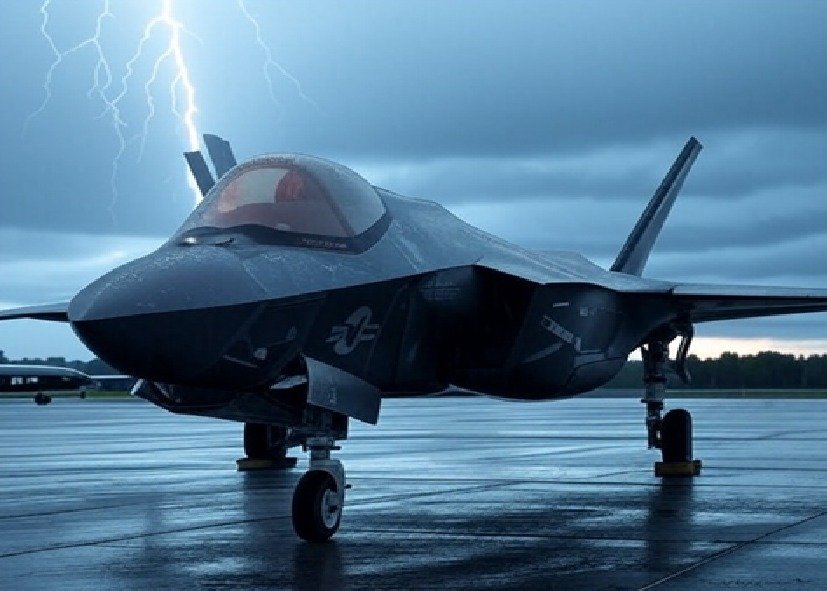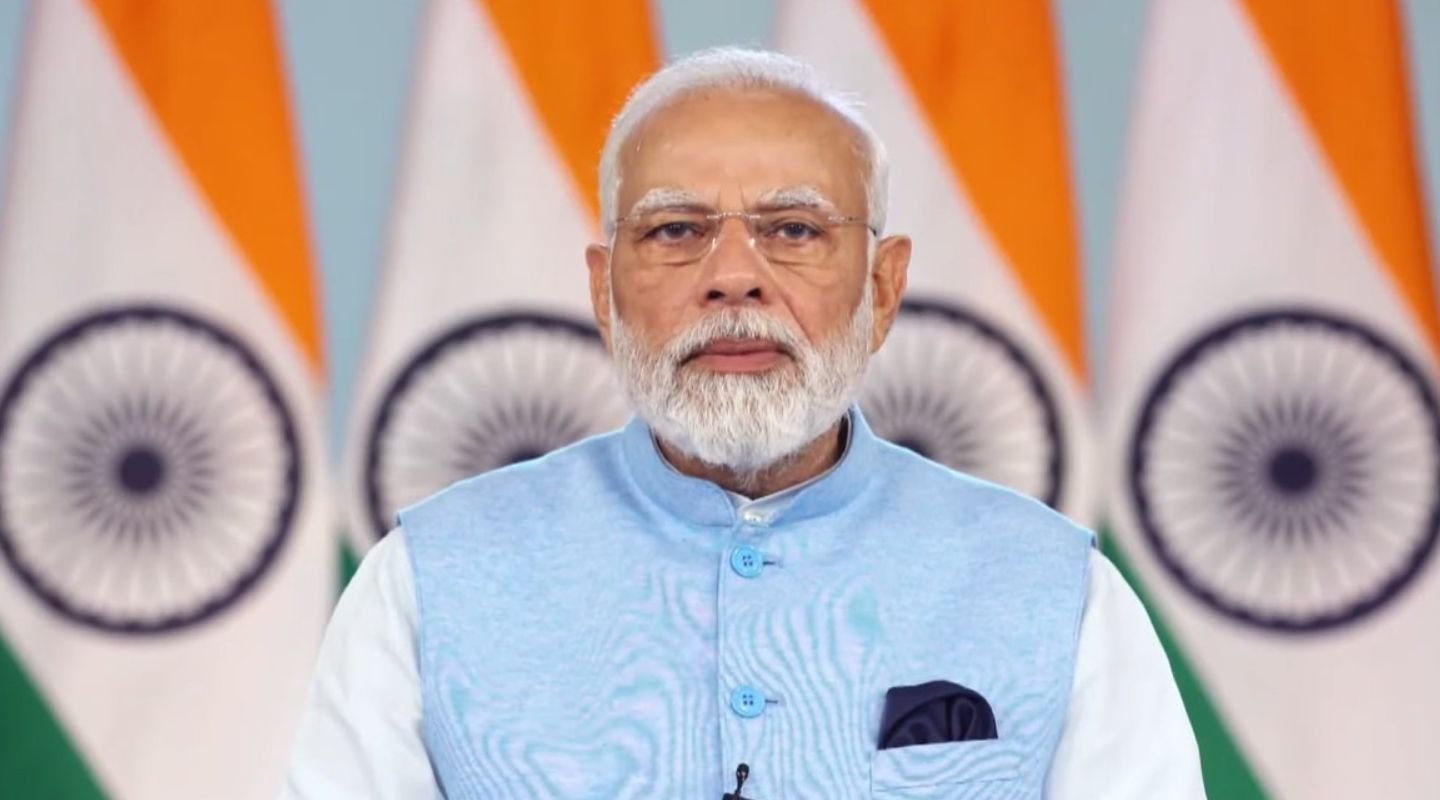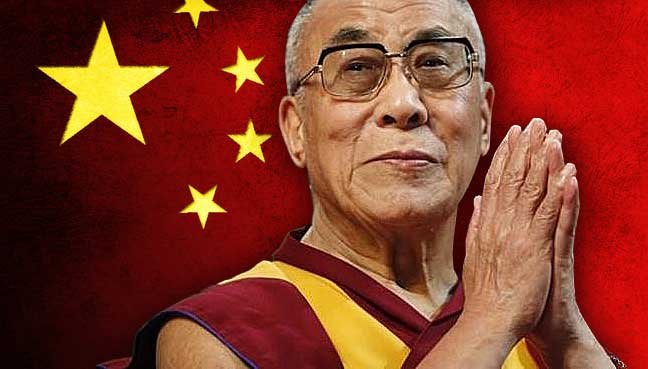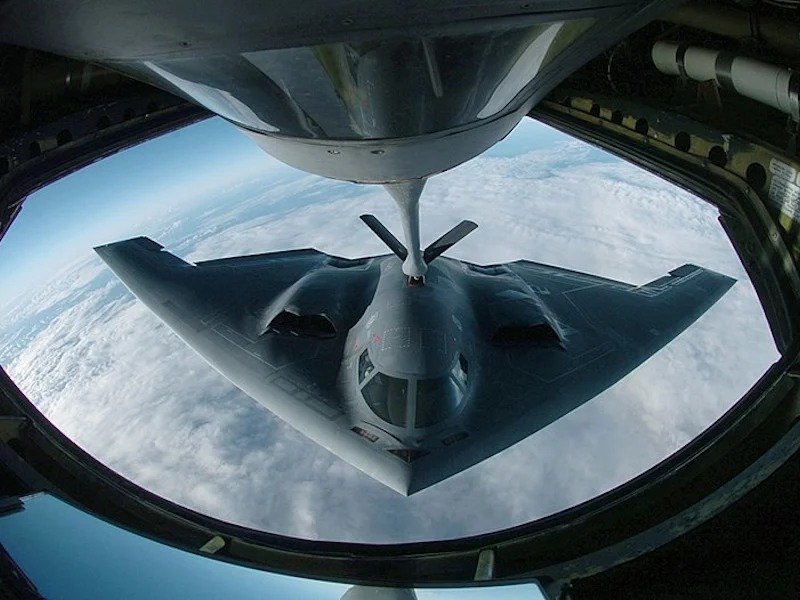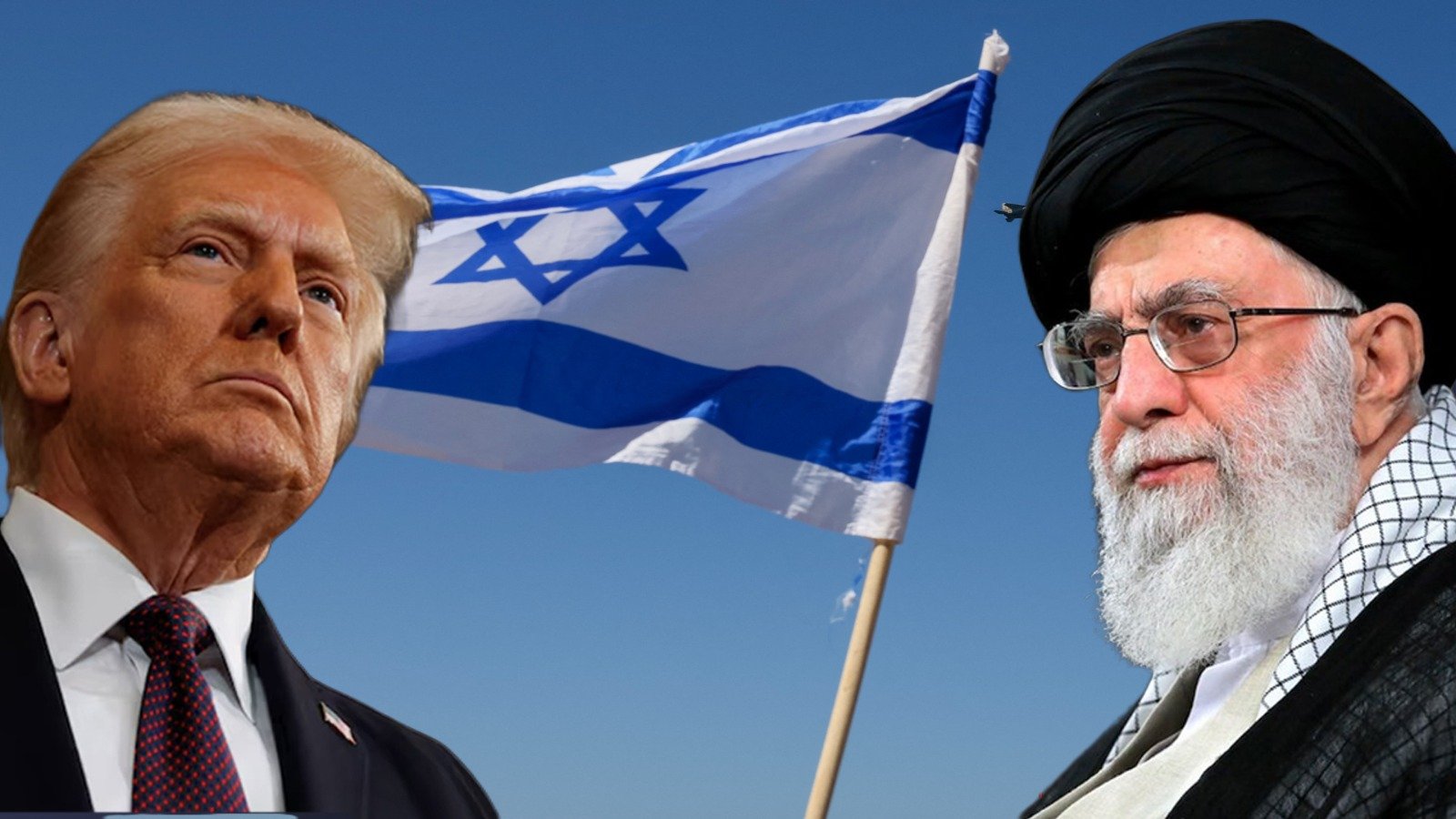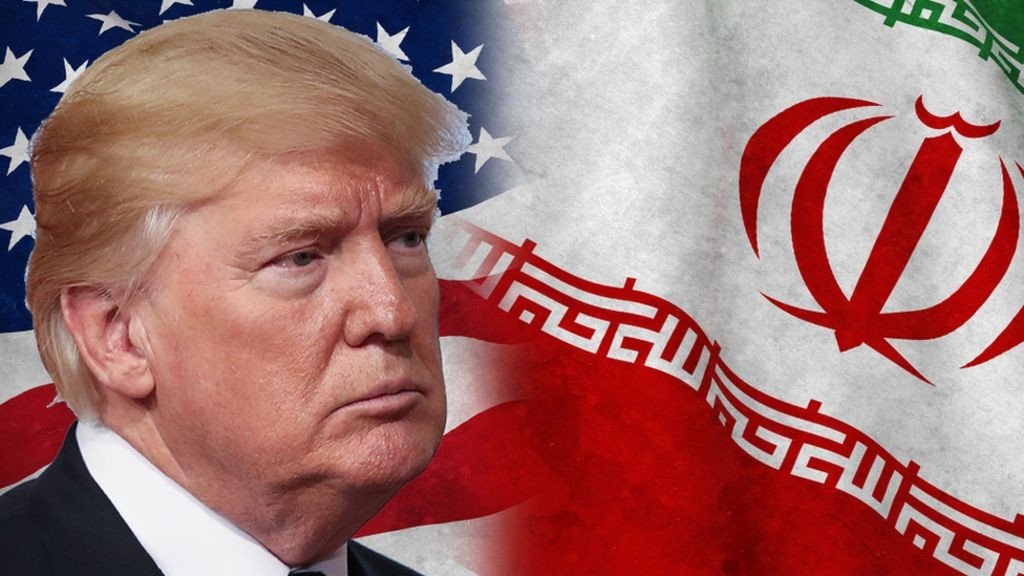In February of this year, US President Donald Trump ‘unofficially’ offered the Lockheed Martin F-35 Lightning II stealth aircraft to India. The US offer was widely celebrated by Indians. However, four months after the historic offer, both Trump’s proposal and the F-35 fighter jet are gathering dust in India.
Why one of the most advanced fifth-generation fighter jets, with over 1,020 units produced and in use by 20 countries, is not generating enthusiasm in India is an issue worth exploring.
The issue is all the more perplexing since Pakistan, the arch-enemy of India, with whom New Delhi fought a brief four-day war in May, is getting 40 J-35 stealth fighter jets from China on an emergency basis.
Additionally, China, with whom India shares a 3,488-km long contentious border, has already fielded two fifth-generation fighter jets, the J-20 Mighty Dragon air superiority fighter and the J-35 multirole fighter jet. Notably, China has already fielded more than 200 J-20 fighter jets.
More worryingly, China has also deployed the J-20 fighter jets along the northern border of India after a bloody clash on the Line of Actual Control (LAC) in June 2020.
By next year, both of India’s regional adversaries might field a fifth-generation fighter jet, widening the air capability gap with India. This, along with India’s declining squadron strength (31 against the sanctioned strength of 42), has rung alarm bells in New Delhi.

However, despite this desperate situation, the F-35 offer has received only a lukewarm response in India in general, and within the veteran Air Force community in particular.
While many factors have contributed to this situation, one significant cause could also be the unfortunate incident of the British F-35B fighter jet, which has been stranded on an Indian air base for nearly two weeks.
The Curious Case Of British F-35B Stranded In India
As India was debating the merits of the F-35 offer, an actual F-35B belonging to the British Royal Navy made an emergency landing in India and has been stuck there for nearly two weeks.
#F35 Still Stuck: India To Charge Britain Parking Fee For Leaving The Jet Stranded At Kerala Airport
It has been nearly two weeks the British F-35B fighter jet made an emergency landing at Thiruvananthapuram airport.
India is mulling charging U.K. parking fee for leaving the… pic.twitter.com/1JJwUSbyeW
— Mint (@livemint) June 27, 2025
The aircraft made an emergency landing on 14 June after multiple failed attempts to return to its carrier, HMS Prince of Wales, due to adverse weather conditions and low fuel levels.
Despite efforts from Royal Navy technicians at the scene, the hydraulic issue that grounded the aircraft remains unresolved even after 10 days. Now, a 40-member expert team from the UK, along with personnel from the US, is expected to land in India to inspect and, if possible, repair the aircraft on-site.
Initially, it was expected that the aircraft would be repaired in 2-3 days. However, the issue remains unresolved even after 10 days. If even this technical team fails to repair the aircraft, then officials are considering a more intricate option: flying the stranded stealth fighter out using a transport aircraft.
The latest reports suggest that India might charge a parking fee to the British government for the prolonged, unscheduled parking of the aircraft on an Indian airstrip.
The F-35 is known for its high maintenance costs. However, this episode has given India a first-hand experience of the technical difficulties in maintaining the aircraft.
The incident, although unusual, will weigh heavily on the minds of Indian policymakers when they make a final decision.
F-35’s Global Woes
Incidentally, Trump offered the F-35 to India at a time when there is rising skepticism over the US’s reliability. A growing number of countries, including America’s traditional allies and NATO partners, are reevaluating their F-35 orders, citing high costs and geopolitical concerns.
Canada ordered 88 fifth-generation F-35A fighters from the US in 2023. The first tranche of 16 jets, which has already been paid for, is scheduled to arrive in the country early next year.
However, the Canadian government is now reconsidering the purchase of the remaining fighters amid an escalation in diplomatic tensions with the Trump administration.
The deal has not been scrapped, but the government has asserted that it needs to “make sure that the contract in its current form is in the best interests of Canadians and the Canadian Armed Forces,” a defense ministry spokesperson said in March.
Canada has also signaled that other alternatives are currently under consideration. Prime Minister Mark Carney said, “We had a discussion about Canada’s options, and the fact is that under the [F-35] contract, as you may know, there are — after a certain number of purchases — we have options on subsequent aircraft.”

Furthermore, there is growing concern in Canada (and elsewhere) that, in the event of a disagreement or political fallout, the Trump administration could weaponize its control over the aircraft by blocking access to spare parts and software upgrades required to keep the aircraft flying and combat-ready.
Separately, a Parliamentary Budget Office (PBO) report published in November 2023 predicted severe price escalation in the F-35 deal, which could cost the Canadian taxpayer billions of dollars more than initially agreed upon.
The F-35 fighter jet program is one of the most expensive aircraft programs in aviation history. The F-35 program’s total cost is projected to exceed US$2 trillion over its lifetime, as reported by the U.S. Government Accountability Office (GAO) in 2024.
Not just Canada, even other NATO partners like Portugal and Denmark are reevaluating their F-35 orders. Portugal had been planning to acquire F-35s to replace its aging F-16 fleet, but scrapped these plans in early 2025.
Denmark has ordered 27 F-35As, with deliveries ongoing. However, in March 2025, Rasmus Jarlov, Chair of the Parliamentary Defense Committee, expressed regret over the decision to procure F-35s, citing concerns about a potential U.S. “kill switch.” This was amplified by U.S.-Denmark tensions, including Trump’s remarks about acquiring Greenland.
Germany confirmed an order for 35 F-35As in March 2022 to replace its fleet of Tornado aircraft. However, the German government is also facing pressure from domestic public opinion to reconsider the deal.
Meanwhile, Switzerland and the US are disputing the final price of 36 new F-35A fighter jets purchased to replace the aging Swiss fleet.
Switzerland purchases the planes through the DSCA’s Foreign Military Sales program, which then settles the purchase with the manufacturer under its own contract. Bern said “a diplomatic solution must be sought” to the disagreement and has charged the Swiss defence ministry with coming up with a proposal to resolve the dispute, the statement said.
Lukewarm Response From Indian Veterans
Strangely, the F-35 has also failed to enthral the Indian Air Force veteran community. Writing for the EurAsian Times, Squadron Leader Vijainder K. Thakur (retd), an IAF veteran and a seasoned military expert, said Russia’s Su-57 might be more apt for Indian needs than the F-35.
“For the same capital outlay, India would be able to procure a significantly larger number of Su-57s than F-35s while also benefiting from lower operating costs.
“In terms of airspace defense, the Su-57 would be just as effective as the F-35 in countering adversary stealth fighters. Additionally, a larger fleet of Su-57s in the IAF’s inventory would provide greater stealth strike capability.
“However, if the IAF favors an ‘offense-is-the-best-defense’ strategy, is comfortable with an increased U.S. presence at its airbases, and is confident that future U.S. sanctions will not be a concern, then the F-35 would be the better choice,” he said, suggesting that the F-35’s high costs, and the American unreliability must be considered.
Similarly, Air Marshal Sanjeev Kapoor (Retd.), who served in key planning roles within the IAF, also favours the Su-57 over the F-35.
“The Su-57 has a lot of compatibility with our equipment, weapons, radars, and other systems. In many parameters, it is better than the F-35. Both these aircraft flew at Aero India. I spoke to certain people who saw both performing. There’s no doubt that the F-35 is state-of-the-art. But Su-57 ticks more boxes in many ways,” Kapoor told an Indian channel.
Group Captain Ajay Ahlawat (Retd.), a former IAF fighter pilot and defense analyst, thinks that India should stay away from both the F-35 and Su-57. Instead, Ahlawat said, India should focus on its indigenous Advanced Medium Combat Aircraft (AMCA) program.
“Unfortunately, we have only two bad choices, the F-35 and the Su-57. The only good choice is the AMCA. The only way we can get past this problem is to give it a national mission-mode push and get it online as soon as we can,” he said.
With the British F-35 literally rusting in India for nearly two weeks, the Indian military and policymakers have gained firsthand experience of issues related to the Lockheed fighters.
Many other IAF experts have supported acquiring two squadrons of F-35 stealth fighters; however, for now, US-India relations are frosty due to Trump’s tariffs.
- Sumit Ahlawat has over a decade of experience in news media. He has worked with Press Trust of India, Times Now, Zee News, Economic Times, and Microsoft News. He holds a Master’s Degree in International Media and Modern History from the University of Sheffield, UK.
- VIEWS PERSONAL OF THE AUTHOR.
- He can be reached at ahlawat.sumit85 (at) gmail.com
